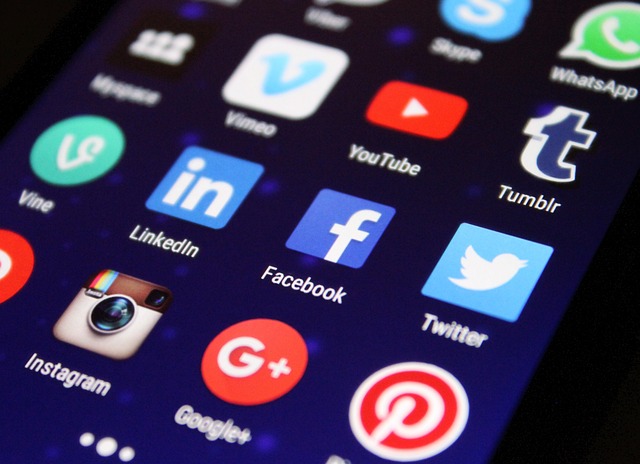Every day, billions of users log into platforms that shape how they see themselves and the world. Beneath the endless scroll lies a complex web of drives—social media motivations—that guide engagement, content creation, and personal identity. Understanding these motivations is key to decoding why social media has become a cornerstone of contemporary life.
Why People Turn to Social Media
At its core, social media fulfills fundamental human needs. Users seek connection, validation, information, and entertainment. These core motives often overlap, creating a layered experience that keeps people coming back.
- Belonging: The urge to fit in with peers and communities.
- Self‑presentation: Curating an image that aligns with desired identity.
- Information: Seeking news, tips, and updates from diverse sources.
- Entertainment: Consuming memes, videos, and interactive content.
Social Media Motivations: The Role of Feedback Loops
When users post content, likes, comments, and shares act as external reinforcement. These feedback signals trigger dopamine pathways, reinforcing the behavior. Over time, the platform’s algorithm fine‑tunes content to match these preferences, creating a virtuous cycle that strengthens the original motivations.
“The more immediate the feedback, the stronger the habit that forms.”
Impact on Mental Health and Well‑Being
While social media can offer support, it also carries risks. Constant comparison, fear of missing out (FOMO), and exposure to negative content can amplify anxiety and depression. Studies reveal that high usage correlates with lower self‑esteem, especially among adolescents who are still developing identity.
Mitigating Negative Outcomes
To harness social media’s benefits while reducing harm, individuals can adopt mindful usage practices:
- Set clear boundaries around time spent on platforms.
- Curate follow lists to prioritize authentic, supportive content.
- Use built‑in tools to monitor screen time and notifications.
- Engage in offline activities that fulfill the same core motivations.
Business and Marketing: Leveraging Motivations for Engagement
Brands tap into social media motivations by creating relatable narratives, fostering community, and providing value. Successful campaigns often revolve around storytelling that resonates with user aspirations and values, thereby converting casual likes into brand loyalty.
Case Study: Authenticity Drives Loyalty
When a cosmetics brand launched a campaign that highlighted real customer stories rather than polished advertisements, engagement surged by 48%. This shift demonstrates how authenticity—an essential social media motivation—translates into tangible business outcomes.
Policy and Platform Design: Balancing Freedom and Responsibility
Regulators and platform designers face a delicate balance: protecting users from manipulation while preserving open communication. Emerging policies focus on algorithm transparency, user consent, and mental health safeguards.
Future Trends in Social Media Motivations
As technology evolves, new motivations surface. Virtual and augmented reality will blur online and offline identities, creating deeper immersion. Additionally, data privacy concerns will reshape how users interact, emphasizing control over their personal information.
Personal Reflection: Navigating the Motivational Landscape
Recognizing one’s own social media motivations can lead to more intentional use. By asking simple questions—“What am I seeking right now?” and “Is this serving my well‑being?”—users can realign their habits with long‑term goals.
Practical Steps for Self‑Awareness
- Maintain a usage diary to track triggers and outcomes.
- Schedule regular “digital detox” periods.
- Engage in reflective journaling about online experiences.
Conclusion: The Ongoing Evolution of Social Media Motivations
Social media motivations are not static; they shift with cultural norms, technological advances, and personal growth. Understanding these forces equips individuals, businesses, and policymakers to navigate the digital landscape more effectively, ensuring that social media remains a tool for connection, creativity, and community rather than a source of distraction or harm.




